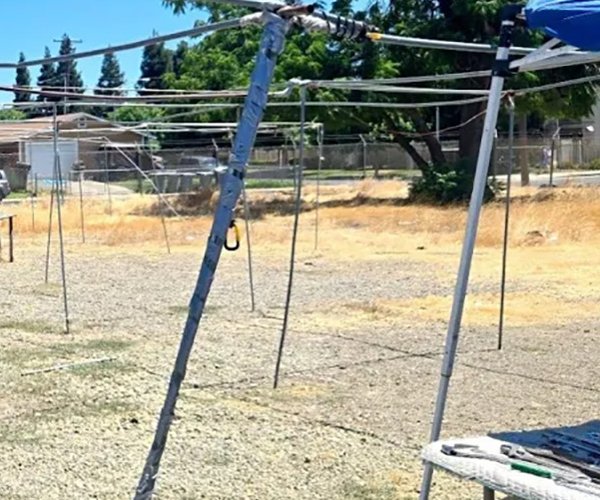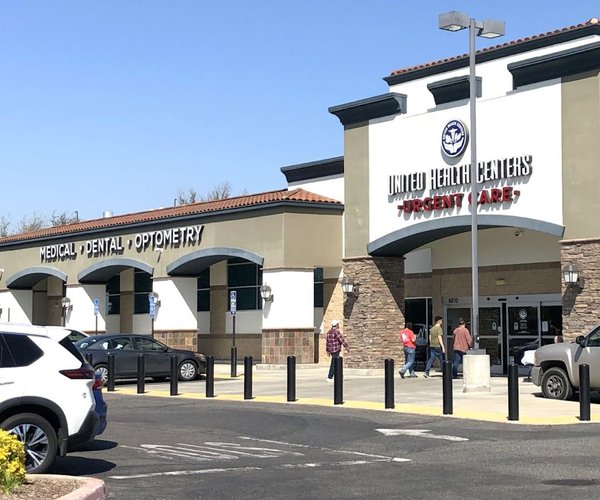The Turlock City Council received four budgetary plans for the upcoming fiscal year, including one with a dire scenario of massive cuts to public safety and another with deficit spending of more than $3.4 million.
Tuesday night’s presentation was solely for information purposes only and no action was taken on any of the budget proposals. The City Council previously directed city staff to prepare budget scenarios for the 2013-14 fiscal year, with at least one budget absent of any deficit spending. City staff came up with four scenarios: A status quo budget; a department request budget; a balanced budget; and a recommended budget.
The balanced budget scenario would include a 5.5 percent reduction in expenditures, which translates into an estimated $1.8 million in cuts.
In reaching those reductions the City Council would have to lay off 18 positions throughout the city departments.
“It was a painful process,” City Manager Roy Wasden said of putting the balanced budget scenario together. “It could be adopted. It’s not unthinkable.”
The largest cuts would be dealt to the police department. Under the balanced budget scenario the department would lose one full-time and two part-time positions in the Records Department, one part-time dispatcher, two sworn officers, and the elimination of the entire Neighborhood Services Department.
The plan would also defund one full-time and one part-time vacancies in dispatch, three cadets, two vacant positions in support services and four officer positions.
As a result, the Records Division and Animal Services would be open to the public three days a week instead of five. A specialized unit like the Narcotics Enforcement team or the Criminal Apprehension and Gang Enforcement team would be eliminated entirely or there would be staff reductions in all units, including Investigations.
Some of Neighborhood Services’ responsibilities would be transferred to other positions and others would be dropped.
All together the cuts to the police department would result in an estimated $1 million in reduced spending.
The fire department would also carry some of the burden of a balanced budget by laying off three firefighters and defunding three more. Staffing at two of the four fire stations would be reduced to two at a time. The scenario also leaves open the possibility of a brown out at one of the stations, meaning one station would be closed for a time and the company and engine would be temporarily shifted to other stations.
Combined with cuts to equipment purchases and repairs, the budget would reduce Fire Services spending by $416,050.
The balanced budget scenario also suggests the City Council layoff one employee from the finance department and one from human resources. Additionally, it would cut the City Attorney’s hours and end all contracts with outside attorneys and end funding for a federal lobbyist.
Under the balanced budget scenario all conference travel for City Council, the mayor, the city manager, and the city clerk would come to an end.
Together the layoffs in the finance and human resources departments and the reduction in hours and spending would save about $86,645 in the budget.
The reductions necessary to meet a balanced budget would also see an increase in the Parks and Recreation afterschool program fees by $1 and the end of the Partnership Incentive Program, which has been credited with helping stimulate local economic growth in Turlock.
The status quo budget scenario and that of the department request budget both have shortcomings, according to city staff. The status quo budget doesn’t add any new spending for full or part-time positions, some of which are grant funded public safety positions and decreases the capital transfer budget. It would result in $1.7 million in deficit spending.
The department request budget on the other hand goes over spending limits by filling all current or projected vacant positions and increasing the capital transfer budget. The spending level on this budget would be in excess of $3.4 million, according to city staff.
“It’s not a generous or lucrative budget,” Wasden said. “But over the year we would have developed over $3 million in deficit spending.”
The Recommended Budget scenario calls for a 2.2 percent reduction in spending, equating to about $660,000 and a transfer of $1 million from reserve funds.
Under the Recommended Budget scenario there would be no employee layoffs. The federal lobbyist would still be eliminated from the budget, as would a portion of contract attorneys and the Partnership Incentive Program. The afterschool program fees would still be increased by $1. Other cuts would be achieved mostly through reduction in overtime expenses.









